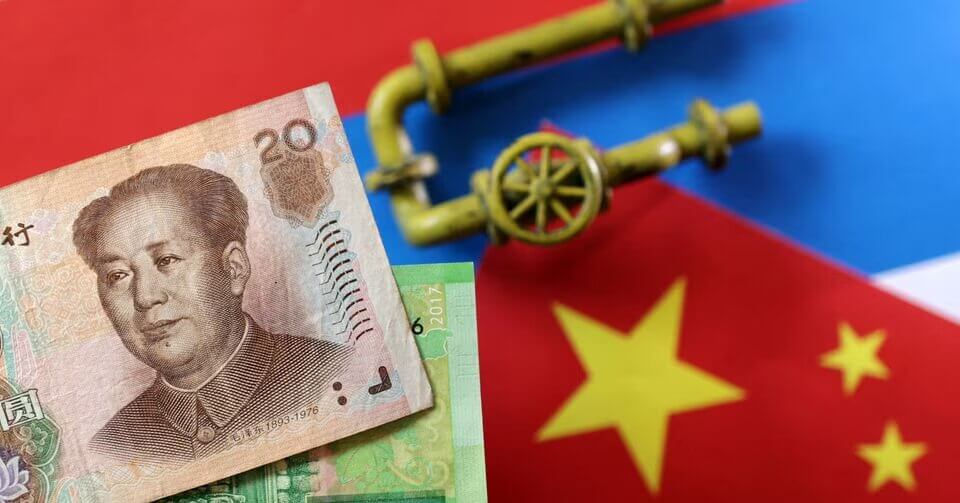As tensions between New Delhi and Beijing remain high, Bloomberg reported that India has rejected demands from Russian oil suppliers to pay for crude purchases in the Chinese currency, yuan.
According to a senior Indian official directly involved in the discussions, and another senior official at a state-owned oil refinery, some Russian oil suppliers have demanded payments in yuan.
India Rejects Demand
This year, India became the leading importer of Russian seaborne oil, with refiners picking up the discounted petroleum after some Western nations halted imports from Moscow due to its invasion of Ukraine.
Since the government controls 70% of India’s refiners, they must follow the Ministry of Finance’s payment orders. However, according to Indian government officials, PM Narendra Modi’s government would not agree to such payment demands.
If oil prices exceed the $60 per barrel cap imposed by the US and its allies on Russian oil, Indian refiners pay mostly in dirhams (the UAE’s currency), US dollars, and a small rupee amount.
India rejects Russian oil suppliers' request to be paid in yuan:
— Swarajya (@SwarajyaMag) October 20, 2023
- Insists on different currency
- Majority of Indian refiners are government-owned, will comply
- Highlights India's challenge in balancing ties with Russia and China amid border disputeshttps://t.co/mL2hP00JfJ
However, some Russian oil suppliers oppose relying on the UAE’s currency since it forces them to perform transactions outside of Dubai, which would result in more scrutiny of the funds.
Even though the yuan is occasionally used in minor transactions, Russian oil suppliers have suggested that the Chinese currency be the primary unit of transaction for oil trade, as stated by a senior Indian government official.
An executive from an Indian oil refiner said payment for four to five cargoes had lately been delayed due to a disagreement over the exchange currency.
Officials stated, “It is not banned, and if a private firm has yuan to settle its trade, the government will not stop it, but it will neither encourage nor facilitate such trade.”
Reports indicate that popularising the yuan at the expense of the rupee is also detrimental to India’s aspirations to internationalise its currency. Recently, India was the only country in the BRICS grouping — Brazil, Russia, India, China, and South Africa — that opposed the introduction of a shared currency, fearing the group would favour the yuan.
Excess Supply of Rupees
Russia has an excess supply of rupees, which is challenging to spend, while its demand for yuan has increased dramatically in the past year as the economy grows increasingly reliant on China for imports.
Reports suggest that Russia has collected billions of dollars in rupee assets due to its large trade surplus with India, but it struggles to put the funds to use. The rupee is not a fully convertible currency on a global scale, making it difficult to use in international trade.
Russian Foreign Minister Sergey Lavrov stated in May that the buildup of rupees is a “problem,” and that conversations are underway to determine how the cash can be converted into another currency.
Russian firms are reportedly settling more of their transactions in yuan, with the Chinese currency displacing the dollar as Russia’s most traded currency this year.

